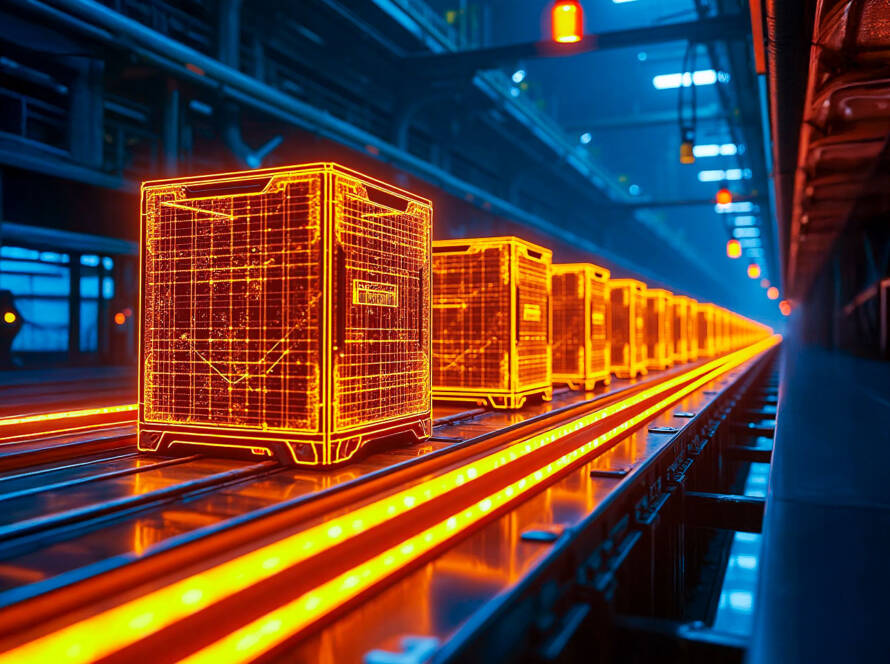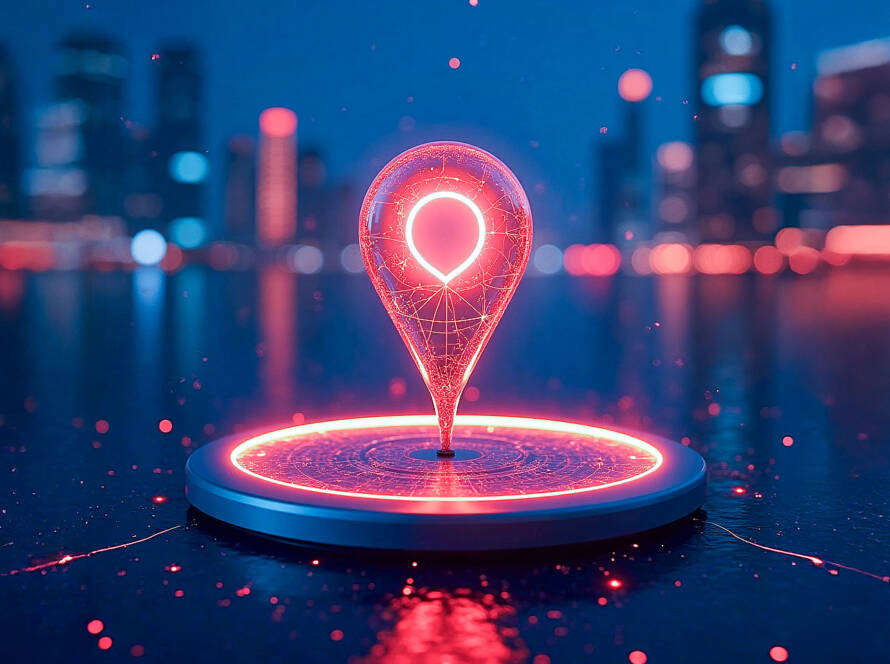Following our introductory “IoT 101” post, this article explores the technical backbone of the Internet of Things (IoT) — the devices, connectivity, data processing, and software that make IoT systems function. Understanding these elements helps businesses grasp how IoT can be practically applied to transform operations and drive innovation.
The Four Pillars of IoT
At its core, IoT is built on four essential components:
- User Interface: Dashboards, mobile apps, or web portals provide users with an accessible way to monitor, control, and interact with IoT devices and the data they generate.
- Devices (Things): These are physical objects embedded with sensors, processors, and communication hardware. They range from simple temperature sensors to complex smart machines. These devices collect data from their environment or perform specific actions.
- Connectivity: Devices connect to each other and to central systems via various networks — wireless options like Wi-Fi, Bluetooth, LoRaWAN, and cellular (4G/5G), or wired connections. This connectivity enables devices to send data to gateways or cloud platforms for further processing.
- Data Processing & Analytics: The raw data collected by devices is processed either locally (known as edge computing) or in the cloud. Advanced analytics, including artificial intelligence (AI) and machine learning, turn this data into actionable insights that can improve decision-making and automate responses.
How IoT Devices Work Together

IoT systems rely on a harmonious interaction between various components:
- Sensors & Microcontrollers: Sensors detect changes in the environment or equipment — such as temperature, humidity, motion, or pressure — and convert these into data. Microcontrollers are small embedded computers within devices that process sensor data and manage communications with other devices or systems.
- Communication Protocols (Network Layer): Wireless and wired protocols such as Wi-Fi, Bluetooth, Zigbee, and LoRa enable reliable, low-power data exchange between devices and gateways.
- Gateways: Acting as intermediaries, gateways aggregate data from multiple devices and translate various communication protocols into standardised formats for cloud communication. They may also perform local data processing to reduce latency and bandwidth consumption.
- Edge Computing: Gateways or edge nodes locally preprocess data to reduce latency and bandwidth before sending it over wider networks.
- Application Messaging Protocols (Middleware Layer): Protocols like Message Queuing Telemetry Transport (MQTT), Constrained Application Protocol (CoAP), and Advanced Message Queuing Protocol (AMQP) provide lightweight, reliable messaging between gateways and cloud platforms, optimising bandwidth and supporting scalable IoT communication.
- Connectivity Layer: Cellular (4G/5G), Ethernet, or Wi-Fi backhaul networks transmit data from gateways or edge devices to cloud platforms.
- Cloud Platform & Analytics: Cloud infrastructure aggregates, stores, and analyses IoT data using AI and big data tools to enable insights and decision-making.
- User Interface & Control: Dashboards, mobile apps, and control systems allow users to monitor IoT systems remotely and send commands back to devices.
- Actuators: Physical devices such as motors, valves, and relays execute control commands, performing actions in the physical world and completing the feedback loop.
Data Flow in an IoT System

The journey of data in an IoT ecosystem typically follows these steps:
- Action & Feedback: Based on insights, automated actions may be triggered — such as adjusting machinery settings — or alerts sent to users for intervention. This feedback loop ensures the system remains responsive and adaptive.
- Data Collection: Devices continuously or periodically collect data from sensors or trigger-based events.
- Data Transmission: This data is sent over connectivity networks to gateways or directly to cloud platforms.
- Edge Processing: Some data is filtered or preprocessed locally at the edge to reduce the volume sent to the cloud and enable faster response times.
- Cloud Analytics: Cloud platforms perform in-depth analysis, pattern recognition, and machine learning to extract meaningful insights.
Security and Scalability Considerations
Security is paramount in IoT systems. Data must be protected both in transit and at rest using encryption and authentication methods. Proper device identity management and regular firmware updates help safeguard against vulnerabilities and cyber threats.
Scalability is achieved through modular system architectures and cloud platforms capable of handling millions of devices and vast data streams. This ensures IoT solutions can grow alongside business needs without compromising performance.
Practical Technologies Behind IoT
Several key technologies underpin IoT connectivity and functionality:
- LoRaWAN & Sigfox: Low-power, long-range wide-area networks designed for applications like smart cities and agriculture, where devices need to operate on minimal energy over large distances.
- Zigbee: A low-power, short-range mesh networking protocol ideal for smart homes, industrial automation, and building management, offering reliable local connectivity among many devices.
- RFID & NFC: Used for identification and short-range communication, ideal for asset tracking and contactless payments.
- Bluetooth & BLE (Bluetooth Low Energy): Provide low-power, short-range connectivity for wearable devices and smart home applications.
- Wi-Fi & Cellular (4G/5G): Offer high-bandwidth, wide-area connectivity suitable for real-time data transmission in industrial and urban environments.
Final Thought
IoT is a complex ecosystem combining hardware, software, connectivity, and analytics. Understanding these core components and how they interact provides a solid foundation for appreciating how IoT solutions can be tailored to solve real-world business challenges. As industries increasingly adopt IoT, mastering these fundamentals is key to unlocking the full potential of connected technologies.
To deepen your understanding of how these technologies translate into real-world impact, continue to explore our next article: IoT in Action: How Internet of Things Technologies Drive Real-World Industry Transformation. Discover compelling case studies and practical examples of IoT transforming industries through innovation and efficiency.
At Howood International, we specialise in delivering tailored IoT solutions that harness the power of these technologies to drive efficiency, innovation, and growth across industries. Whether you’re looking to optimise asset tracking, enhance operational visibility, or implement smart automation, our expert team is here to guide you through every step of your IoT journey. Partner with us to unlock the full potential of the Internet of Things and transform your business for the future.



